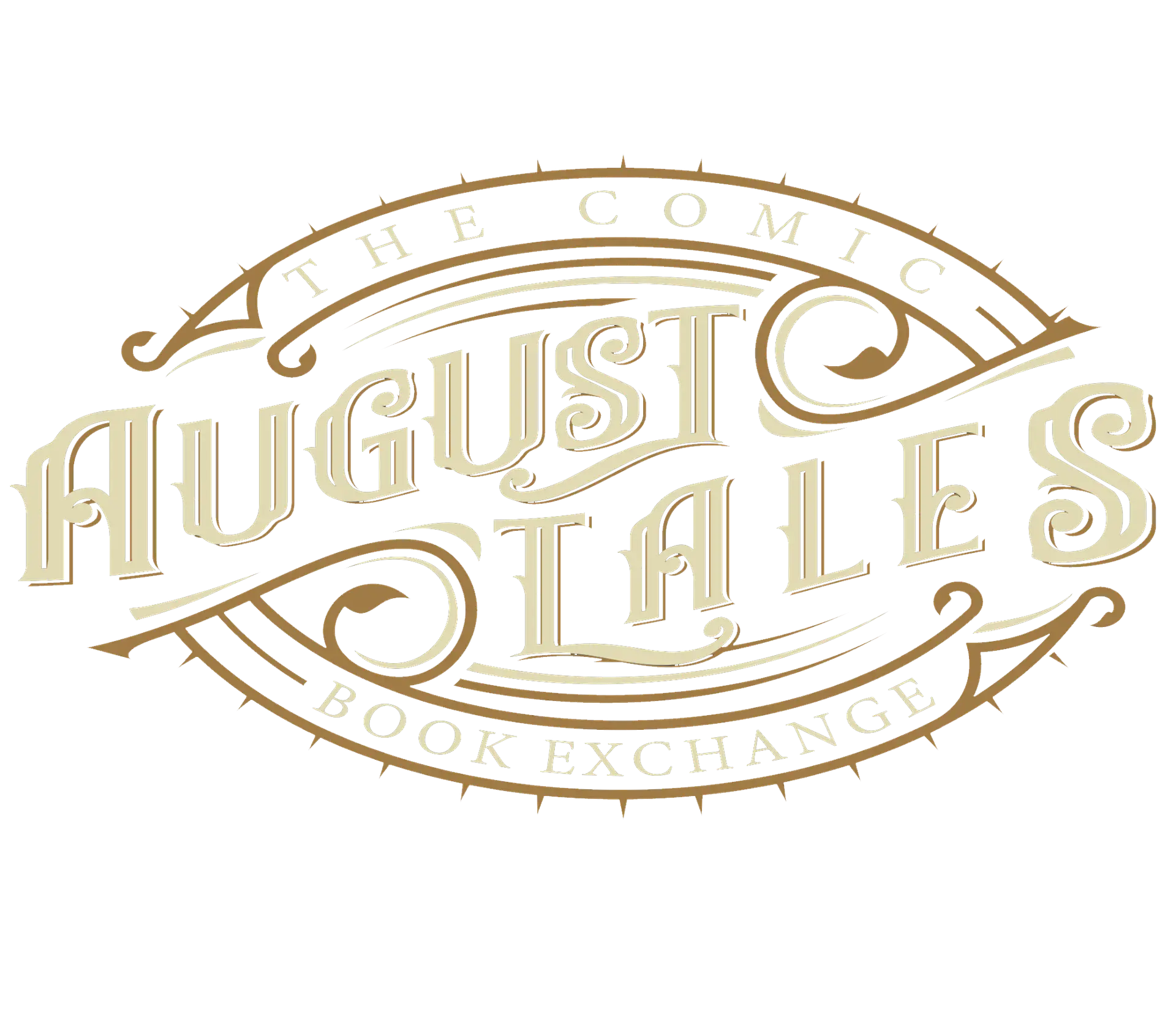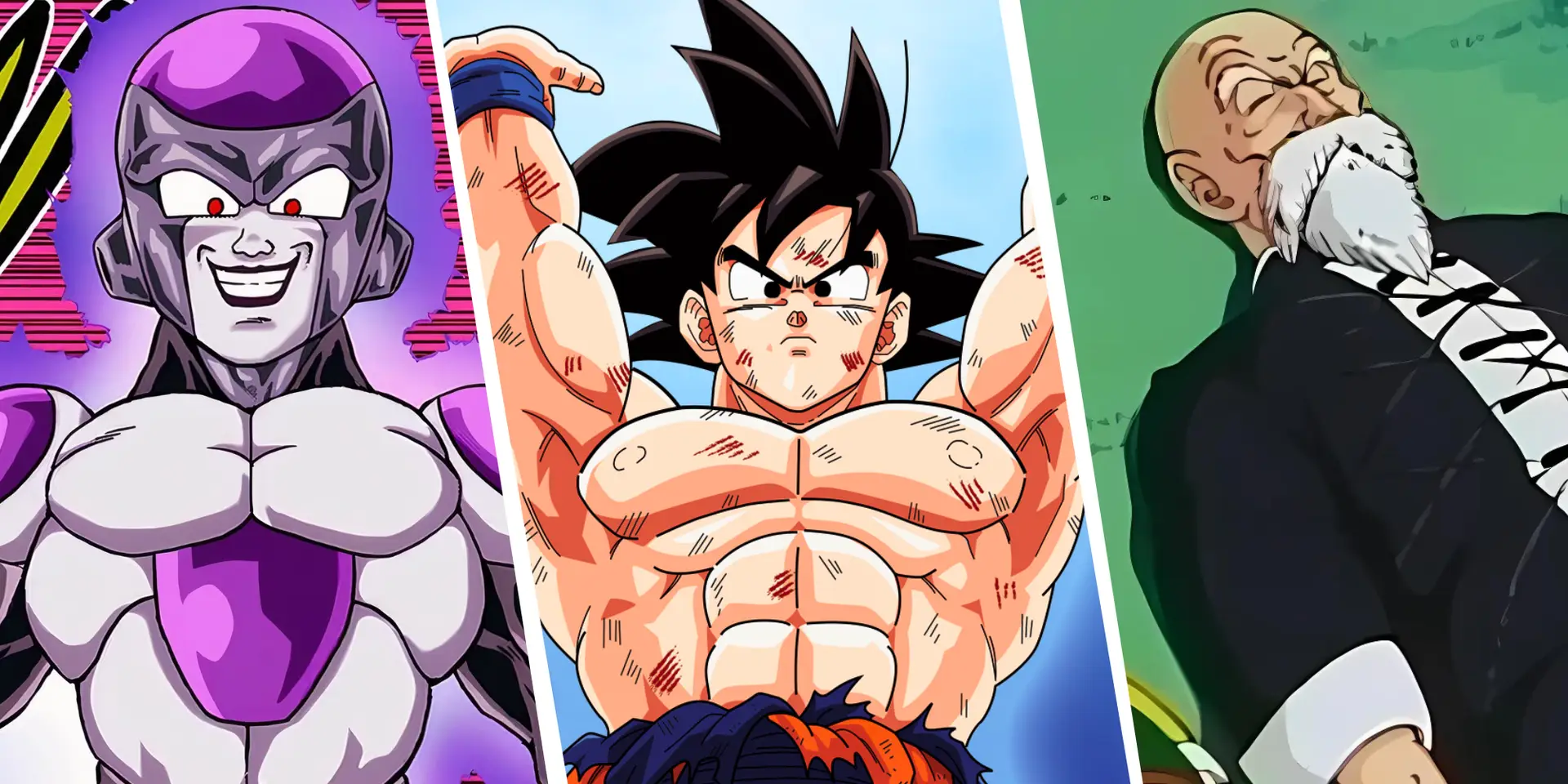The Enduring Saga of Dragon Ball
The Dragon Ball universe, crafted by Akira Toriyama, remains an iconic pillar of anime. Its blend of gripping character development, epic battles between good and evil, and memorable transformations has captivated audiences for decades. Even today, the saga continues to evolve and surprise with new chapters like Dragon Ball DAIMA. Yet, beneath its successes lies a struggle against the inertia of established tropes and patterns.
Transformation Roulette in Battle
Bold transformations, like Super Saiyan forms, have cemented Dragon Ball’s place in anime history. More than just spectacles, these transformations were initially earned through character growth. However, the frequent reliance on new transformations can sometimes overshadow strategic storytelling. Take, for example, Dragon Ball Super’s myriad power-ups including Super Saiyan God and Gohan Beast. These changes feel less impactful when they become go-to solutions for every new villain. Super Saiyan power-ups initially marked strategic turning points, but now they often serve as convenient, albeit lazy, shortcuts.
Death’s Meaningless Presence
In Dragon Ball, the sting of death is often softened by the possibility of resurrection. The Dragon Balls, initially bound by strict resurrection rules, have made death feel less permanent. Heroes like Goku and Krillin frequently return from the grave, undermining the gravity of their sacrifices. While powerful moments of loss do exist, the frequent reversals have diluted the emotional stakes. This pattern extends beyond heroes, affecting the perception of mass casualty events and planetary destruction. The casual undoing of these events diminishes their emotional impact, reducing them to temporary setbacks.
Recurring Hero: Goku
Goku, as the central hero, often overshadows Dragon Ball’s diverse cast. While his victories over villains like Frieza and Buu are iconic, they sometimes limit narrative potential. Though there are instances where other characters like Gohan rise to the occasion, these moments are rare. Dragon Ball’s narrative could benefit from celebrating the unique strengths of its full ensemble. Arcs like Dragon Ball Super’s Tournament of Power reflect this potential by focusing on a wider cast, but such instances are exceptions rather than the norm.
Familiar Timelines
Despite branching into multiple series, Dragon Ball has been reluctant to move beyond the timeline set by Dragon Ball Z’s conclusion. Both Dragon Ball Super and DAIMA remain lodged in the space before Z’s final episode. This reluctance suggests a hesitation to disrupt the perceived perfection of the original series’ ending. Fans express a growing desire for the series to advance, excited for the manga to potentially reach and surpass these familiar checkpoints. Yet, the future remains uncertain, with hopes pinned on the manga finally breaking through this narrative glass ceiling.
Inconsistent Lore
Over decades, Dragon Ball has built a rich and intricate lore. However, maintaining consistency in such a sprawling narrative is a challenge. While some ret-cons have enriched the series, others feel less purposeful. These ret-cons can vary from character backstories, such as Saiyan history, to the mechanics of power itself. They’ve even affected new series like DAIMA, as seen with changes to Namekian lore. Although these adjustments aim to refresh the narrative, they risk alienating long-time fans.
Vegeta’s Rising and Falling Arc
Vegeta’s journey in Dragon Ball is a tale of promise and periodic disappointment. Despite his immense power and occasional triumphs, like mastering Ultra Ego, he frequently finds himself sidelined or used to highlight Goku’s might. Such trends frustrate fans who see Vegeta’s potential continually undermined. Instances where he almost defeats villains, only for victory to be snatched away, have become expected. This pattern, which continues in DAIMA, leaves Vegeta’s character arc feeling cyclical rather than progressive.
Time Skips as a Narrative Tool
Time-skips are Dragon Ball’s oft-used device for revitalizing its sprawling storyline. These jumps, while opening new narrative possibilities, can sometimes gloss over essential character developments. After Cell’s defeat, Dragon Ball Z leaps seven years ahead, similarly skipping a decade past Kid Buu’s fall. While effective in advancing the plot, these skips can neglect nuances in character evolution. Exploring these "lost years" might offer richer insights into characters like Gohan and Vegeta, who undergo significant changes off-screen.
Overpowered Dragon Balls
Dragon Ball’s propensity for using its titular spheres as deus ex machinas can dilute overarching tension. Initially, Earth’s Dragon Balls had clear, effective limitations, compelling creative problem-solving. Over time, these constraints loosened, introducing more powerful iterations like the Super Dragon Balls. Used more frequently, these newer powers often exist to untangle complex conflicts swiftly, reducing suspense. Although convenient, this trend circumvents narrative depth and sometimes erodes the stakes beloved in early arcs.
Frieza’s Endless Resurgence
Frieza symbolizes the best and worst of Dragon Ball’s villain revival habits. Initially a powerful foe, his repeated returns gradually lessened their dramatic impact. Despite these diminishing returns, Frieza’s narrative presence hasn’t waned. His transformation into Black Frieza reignites interest, yet fans question if he will herald Dragon Ball Super’s finale. While Frieza’s continued presence might still enthrall, introducing new antagonists could rekindle fresh excitement and suspense within the saga.
Prolonged Battles: A Double-Edged Sword
Dragon Ball is famed for its drawn-out battles, yet prolonging fights can sometimes backfire. Extended conflicts, designed to elevate tension, risk dragging and diluting their own stakes. The epic showdown between Goku and Frieza stretched the narrative thin, sometimes sacrificing urgency for longevity. Recognizing when brevity can enhance storytelling remains a critical consideration. As battles continue to unfold, maintaining a balance between spectacle and meaningful progression is essential to Dragon Ball’s enduring appeal.
Read this article and more at August Tales Comics. Your go-to site for trade paperback exchanges and comic book news! Trade. Read. Repeat.
#comics #comicbooks #graphicnovel #graphicnovels #augusttales
Image credit: www.cbr.com


